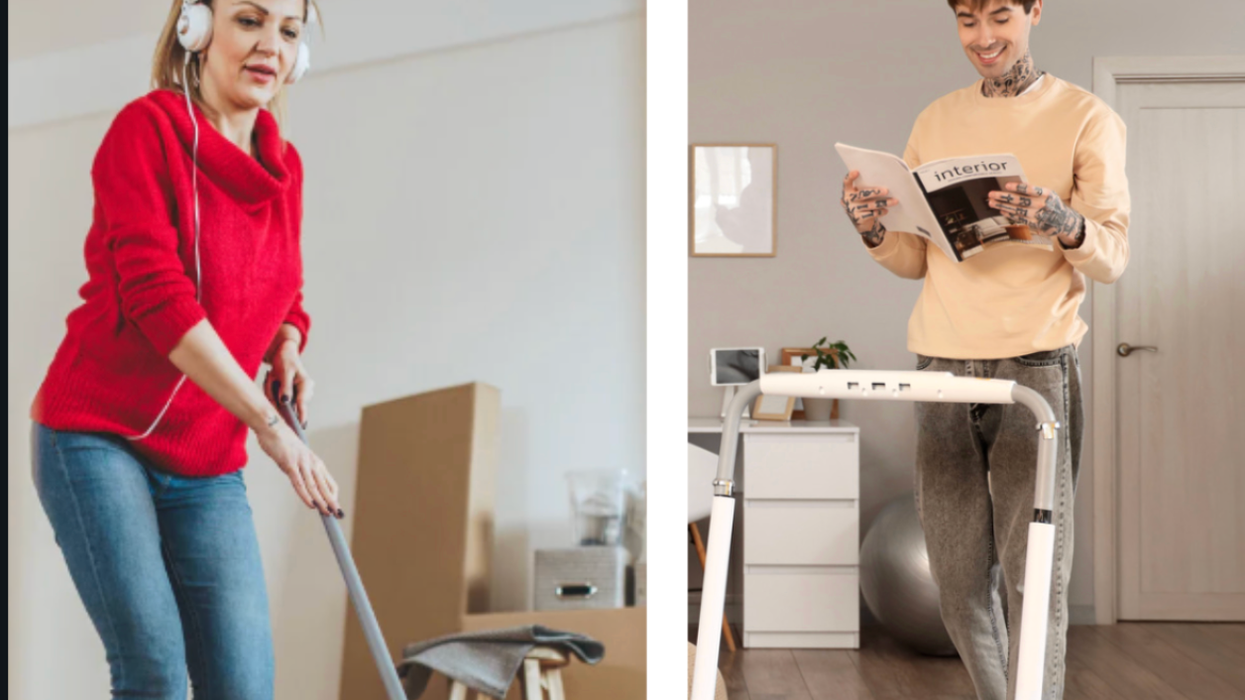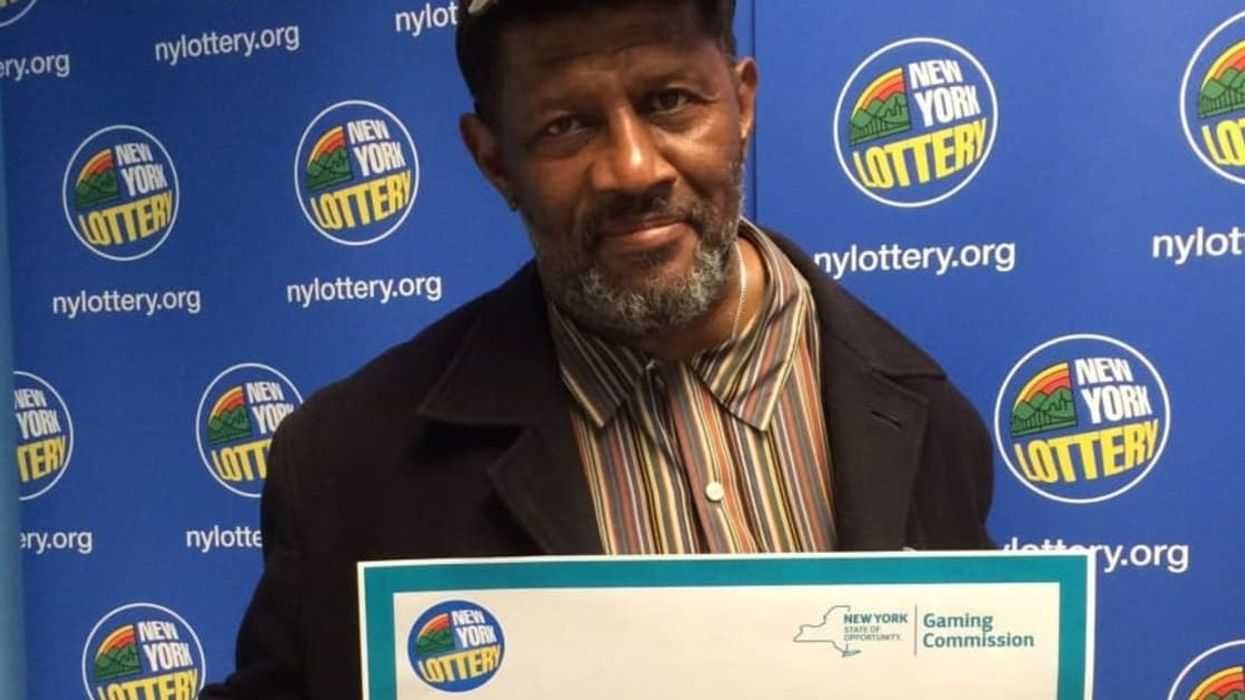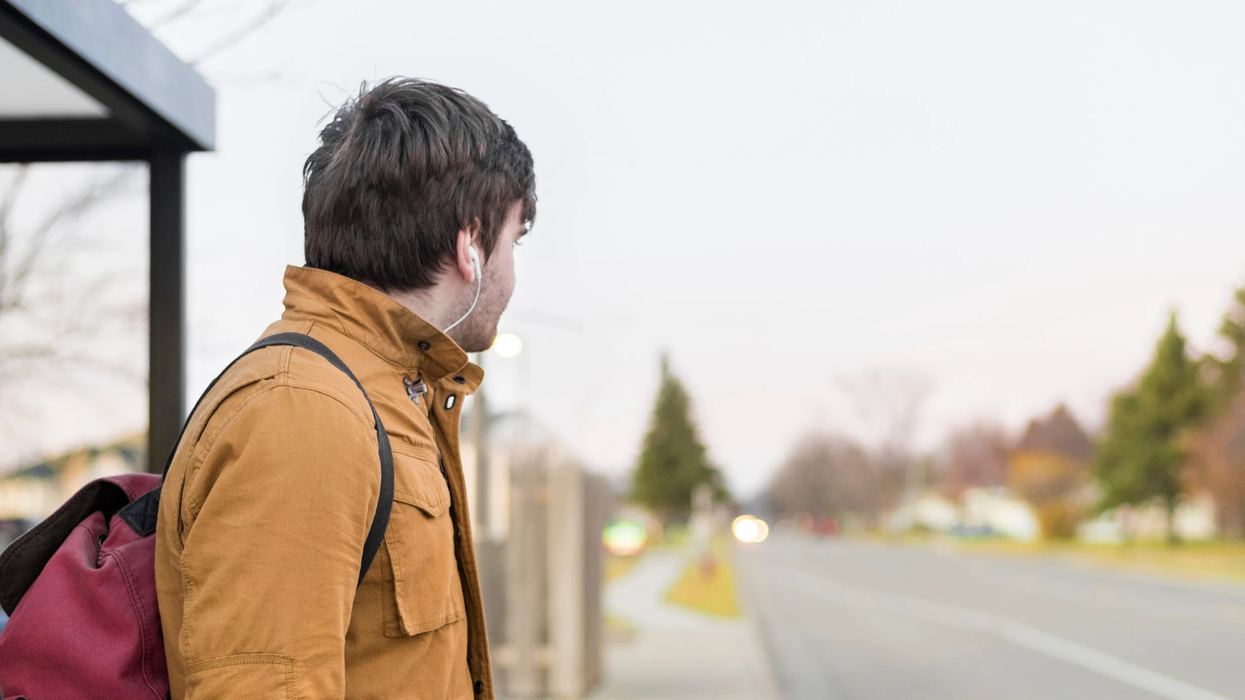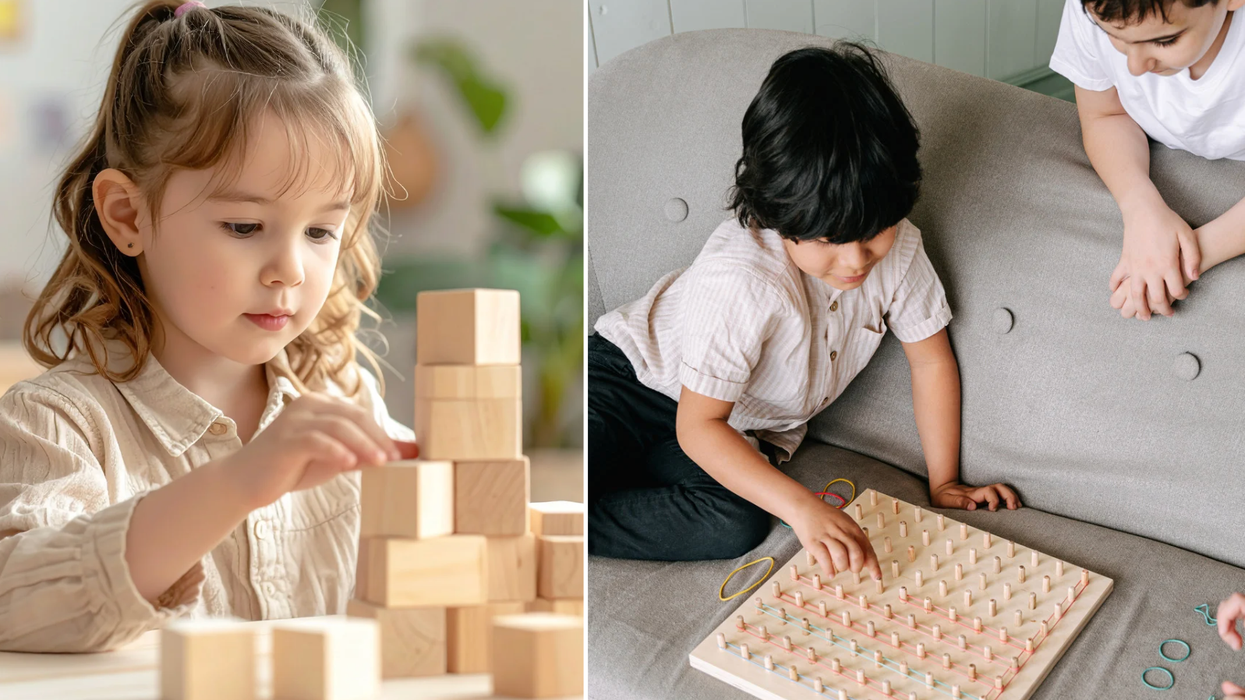In the wake of the 1994 murders of Drs. Walter and Mary Loch in Baltimore’s affluent Guilford neighborhood, the insular community, packed with mansions and pristine gardens, was on edge. That August, the Baltimore Sun’s Jacques Kelly wrote, “This hideous crime should not have happened anywhere. But in this oasis of physical perfection, lushly clipped and edged lawns shaded by mature locust and sycamore trees, the event was all the more shattering.” These seemingly contradictory sentences, then and now, sum up the subjective nature of the “good” neighborhood, a prize believed to be guaranteed by whatever is left of the American Dream.
Growing up, my father would strap my BMX bike onto his back, with my kid sister in a baby carrier and bike the 10 or so miles from our apartment in northeast Baltimore, through Guilford, and on to the Calvert School, a private school I’d been fortunate enough to attend (and alma mater of John Waters, to whom it may concern). It was an unremarkable summer day when we’d saddled up for a ride to Guilford’s sprawling tulip gardens to fly kites and frolic in relatively cool, late summer weather, something we’d done plenty before. Yet, with the neighborhood in a heightened state of alert in the wake of this grisly double murder and a number of recent robberies, we couldn’t have picked a worse time.
Not long after we arrived at the park, we were approached by three men, their shirts bearing the Pinkerton Security insignia. They had gotten word that a man in the area had been seen “acting suspiciously,” and apparently his physical description matched my father’s appearance. No matter that we’d been walking and biking through this neighborhood for more than two years, that some of my classmates lived in this community, that we’d been treated to meals in these homes. Pinkerton didn’t know that. They didn’t bother to ask.
I remember sensing, even at nine years old, how my father, a hard man who’d lived a topsy-turvy life that included multiple tours in Vietnam, was anxious to get my little sister and me, more so than himself, out of that humiliating situation and home safely. There were a lot of “Sirs” and “Please calm downs” and “Just answer our questions.” Though my father insisted the security guards call the police if he truly did match the description of a possible criminal, they flat-out refused, which only upset my father more. We rode our bikes home in silence after the guards finally let us alone.
That experience in the park was like a sign post stating, “there is a place for you, and it isn’t here.” The Baltimore Sun’s reporting, focused on the shock of bad things happening in a good neighborhood, was an echo of the “this sort of thing doesn’t happen around here” bullshit often heard on local news. And apparently, a black man flying kites with his children in a public park could usher in even more “bad things.” It turned out that the elderly Lochs’ grandson, who had been financially cut off from his wealthy relatives, would later be arrested and charged in connection with their murder. He bluntly confessed to their deadly beatings, and a neighborhood’s fears over a faceless (black) killer creeping in from a dangerous part of town would have been better directed at someone in their backyard.
With those early years in elementary school almost entirely free of moments when I was made to feel black-to-a-fault (this would become more frequent in later private school grades), this was my first true reckoning with the selectively permeable membrane of white society’s arbitrary acceptance. Stone walls and one-way streets cordoned off this community of elites from the city’s nearby black areas. Effectively balkanizing the area, the geography of Guilford simultaneously discouraged both incursion by those living outside the neighborhood as well as any urge for its residents to venture into the poorer, predominately black neighborhoods nestled along its edges.
When I was at Calvert, on days when I didn’t want to bike home in the rain or cold, almost without fail, my classmates’ parents were unwilling to give me rides because they presumed the only black kid in the class would live in a bad neighborhood. Despite the fact that mine was a peaceful community of working and middle class families of all colors, this small act of kindness was not worth the risk in their minds, especially if it turned out to be a recurring task. Eventually, my family would end up re-locating to Morgan Park, a community started by tenured professors at the HBCU Morgan State University who’d been turned away from buying homes in Guilford and the like. It counts W. E. B. Dubois, Eubie Blake, and Cab Calloway among its past residents.
Today, when I hear “bad neighborhood,” either in the media or from the suburbanites I encounter during my day job, my thoughts go to the names and faces of the many law-abiding, good natured people who call that given area home, some I may even count among family and friends. I also can’t help but think how easily a “good” neighborhood can become a bad one for someone who looks like me, when the distortions of a fear of blackness cloud the air. These are the conditions that create the racial delirium that had Darren Wilson claiming he thought an 18-year old looked like a hulking demon, impervious to bullets; that had my father stalked by Pinkerton that August afternoon; that had me constantly accosted by Baltimore police in 2005, when I was not much older than Michael Brown was and working in “good” neighborhoods similar to Guilford. (I was there to canvass during evening hours for a PAC lobbying to raise the state’s minimum wage, not selling magazines as some contemptuous residents guessed.) I’ve written before about the pitfalls of my own internalized, seemingly paradoxical fear of blackness. Yet, in a predominately white area, I can feel unsafe, too, in a markedly more tangible way, whether it’s upper class or working class. And don’t let there have been a shooting of an unarmed black person looming in the headlines, because then the uneasiness gets ratcheted up. The 2013 tale of Reneisha McBride, shot dead through a screen door while seeking help in an unfamiliar neighborhood following a car accident, is a true-life ghost story for black girls and boys.
White fright has, in some ways, been amplified by the internet. Note the alarming rise of apps that show users the “worst” or “most dangerous” neighborhoods in a city like Baltimore, or videos on YouTube such as “worst u.s. ghettos: baltimore, md.” These apps, websites, and videos paint a sensationalistic portrait that viewers and readers don’t even need to leave their homes to “witness,” and prey off an internal xenophobia borne of American communities that are still largely segregated along racial lines.
Perhaps if we heard more often from those living in the areas some wish to disparage, we’d be less keen to judge, to recoil from them and their zip codes as from a hot flame. We may finally realize that “black-on-black” crime—at this point mainly a rhetorical device used to slyly justify the profiling of blacks in other neighborhoods—is just as prevalent as “white-on-white” crime. Efforts such as artist Hunter Franks’ Neighborhood Postcard Project, which sends postcards from residents of low-income communities to wealthier city-dwellers, are at once novel and necessary. Lines of communication such as this would seem a major step in working to alleviate the fear and apathy, and perhaps even improve the circumstances of areas blighted by violence, addiction, and economic insecurity.
Yes, there are areas of Baltimore and many other American cities that are scenes of depression that may seem “un-American” to some. But the people who live there are as much American citizens as are residents of dreamier neighborhoods. And, more importantly, they’re just as human, too. I recently had someone say to me, in the matter-of-fact way I’ve kind of grown accustomed to by now, that he doesn’t know how anyone could live in Baltimore, using my entire hometown as a sort of shorthand for blight and crime. Yet as the gulf between those who live in comfort and those living amidst chaos widens, who does this sort of thinking help?
















 Otis knew before they did.
Otis knew before they did.